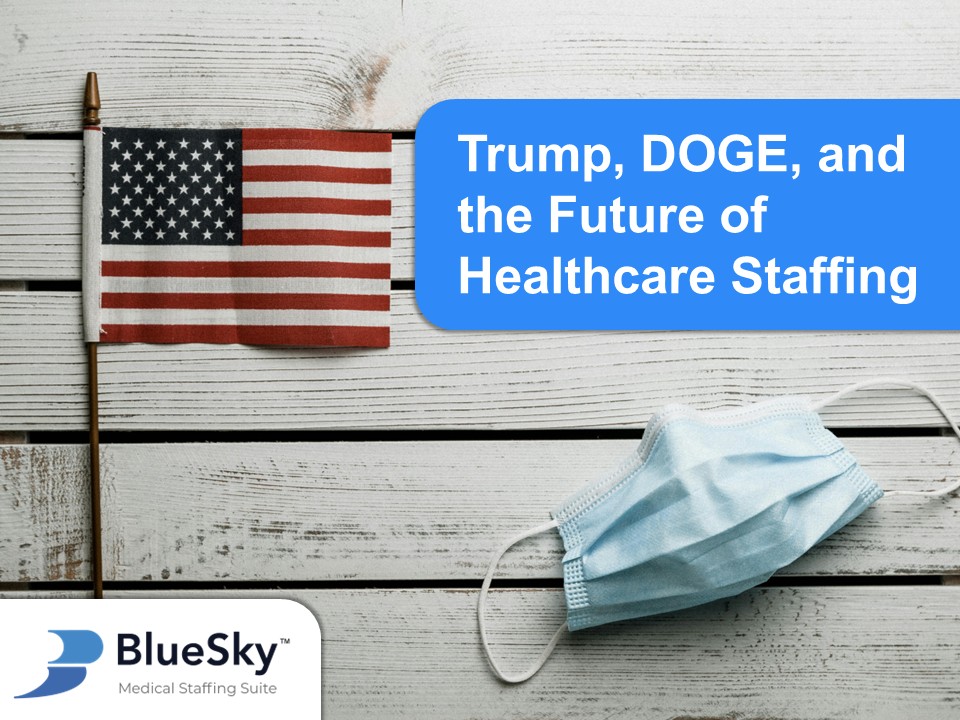A key principle in analyzing business strategies is the time-tested adage: “Follow the money.” This approach is particularly relevant when examining the current landscape in Washington and its potential effects on the healthcare staffing sector. While it might seem unusual to link government actions to healthcare staffing, understanding the flow of funding within the industry brings clarity to the connection.
To start, it’s essential to recognize where healthcare organizations derive their operating funds, as this can significantly influence their budget for hiring temporary clinical staff. The National Health Expenditure report by the Centers for Medicare and Medicaid Services (CMS) sheds light on the funding sources for healthcare in 2023. According to the report, Medicare covered 21% of the total healthcare costs, and Medicaid accounted for 18%. In total, nearly 40% of healthcare spending came from government sources.
Given the sizable contributions of both federal and state governments to healthcare financing, future budget decisions for these programs will play a crucial role in the allocation of funds. These budgetary decisions will inevitably affect the allocation of resources for healthcare services, including the hiring of temporary personnel. The outcome of these budget processes will likely be influenced by those at the top of the financial decision-making chain.
The CMS operates under the Department of Health and Human Services (HHS), which is now led by Robert F. Kennedy Jr. While it’s too early to assess the full impact of his leadership, early signs suggest that change is already underway. Recent reports indicate significant staff cuts across multiple agencies within HHS, with thousands of positions being eliminated, including those of probationary hires.
While the long-term effects of the new administration on healthcare funding and staffing remain uncertain, we should expect a clearer picture to emerge in the coming months.

